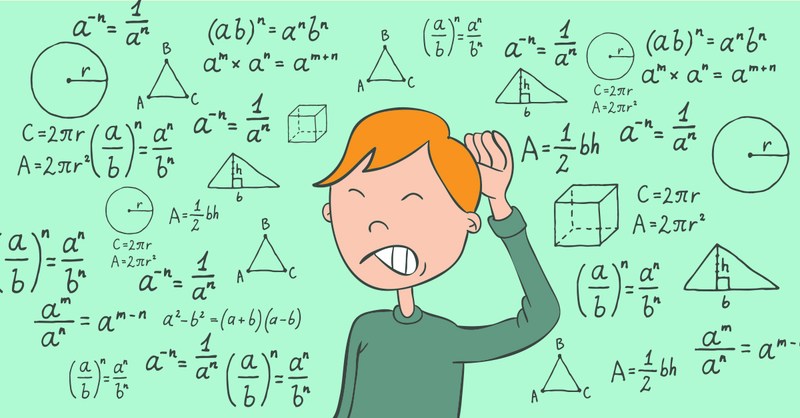When I read the title, “Writing for Algorithmic Audiences,” I got scared. Math? I thought. I chose this major to get away from math. Why is there math? But I should have known Dr. Lang wouldn’t subject me to that kind of thinking. The phrase algorithmic audience is used “to capture the tension between human and nonhuman factors when writing and producing content for the Web” (Gallagher). I never considered the nonhuman factor when writing for an audience. I never thought that my audience could be nonhuman. Gallagher says we need to consider our audience in two ways: what kinds of people are interested in your text and how will people find your text? I liked that he used students in his examples, making it more relevant for me as a reader. He also considers that social media plays a large role in our lives and says, “Students might write blogs or for hobby websites but they also need to circulate their messages on social media sites, e.g., Facebook, Twitter, Instagram, and Snapchat, in order to build, find, and create a readership” (Gallagher). In order to “build our readership” through social media, we must use metadata. Knowing what metadata is, helps me better consider my word choices when writing and producing digital media so that my audience can find my work.
I was puzzled when Gallagher said that “algorithms have no intentions”(Gallagher) because they are written by someone or something else. But if they are written with a purpose, how is there no intention? Maybe I’m interpreting this wrong, but it does make me think about why an algorithm is written a certain way, even if I don’t understand the math behind it.
Questions:
- Would you consider metadata when posting for your personal social media accounts, or only when you create professional digital media?
- How can you better explain the “intention” of algorithms? That is if they even have intention.
Word Count: 333
Works Cited:
Gallagher, John R. “Writing for Algorithmic Audiences.” Computers and Composition, 2017, p. 25-35
